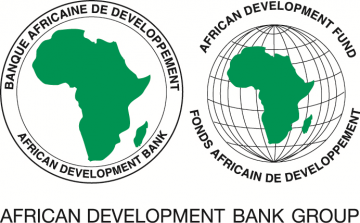African countries call for collaborative solutions to indebtedness
Representatives from four African countries have called for a balanced approach to growing debt vulnerabilities to help low-income African countries meet their commitments to lenders.
The calls were made at a high-level consultative meeting to discuss debt vulnerabilities in Africa, jointly convened by the African Development Bank, AfDB, and the World Bank, in Abidjan, Cote d’Ivoire.
Ministers of finance and economy and representatives from several African countries attended the consultation along with development partners.
Adama Koné, Minister of Finance, Cote d’Ivoire, praised the World Bank and the International Monetary Fund for their assistance but appealed for more “innovative and strategic sources of funding”.
“We want to have CFA-denominated bonds on markets … Since we are not known, we have to pay a premium. If we have a guarantee mechanism, this will allow us to issue those bonds at a lower price,” he said during a panel discussion.
Representatives from Zambia and Senegal said they were taking steps to address their debt situation, while Richard Evina Obam, Minister Finance, Cameroon, supported the call for broader sources of financing, including the Islamic world.
Charles Boamah, Senior Vice-President of the African Development Bank, said the dialogue around debt sustainability “couldn’t come at a better time”.
“It is at the center of many conversations taking place currently … We here at the African Development Bank are engaged in a couple of very important discussions … a 7th GCI (General Capital Increase) and the 15th replenishment of the AFD (African Development Fund),” Boamah said in his opening remarks.
He said debt management had to take into account investment and development needs.
To reach the SDGs (Sustainable Development Goals) such as health, education and infrastructure, “you need half a trillion US dollars to do that,” Boamah said.
“The World Bank Group’s International Development Association (IDA) and the African Development Fund (ADF) are working together with a common mission to better address debt vulnerabilities in IDA and ADF countries,” said Akihiko Nishio, World Bank Vice President of Development Finance. “We need to provide our clients with the resources and support needed to achieve the Sustainable Development Goals,” he added.
Over the past seven years, the public debt profile of most low and low middle-income African countries has deteriorated substantially. Twice as many countries are now regarded as facing severe debt challenges.
As of January 2019, 17 borrowing countries from the International Development Association and the African Development Fund (IDA and ADF) are deemed at high risk of external debt distress or are viewed as being in debt distress. That is double the number of countries who were in these categories in 2013.







